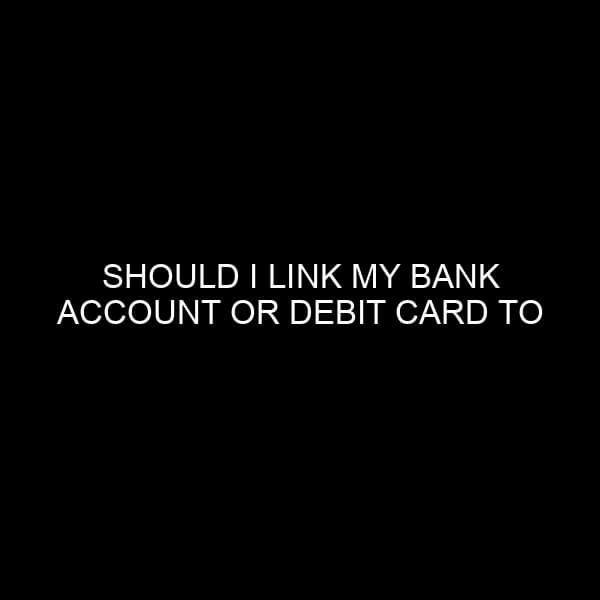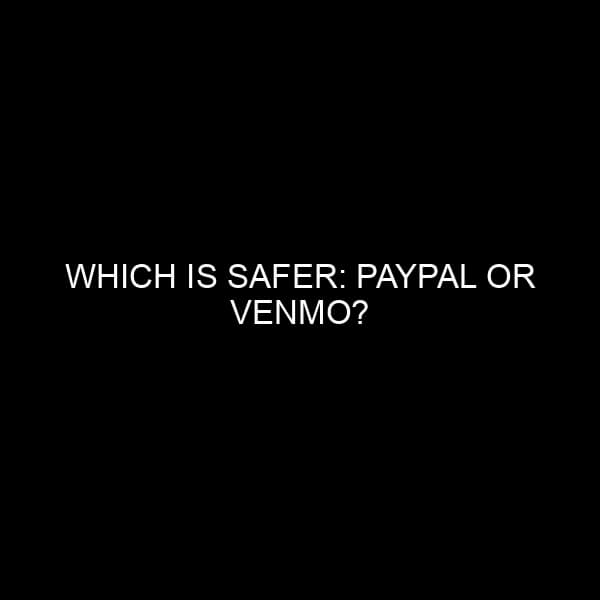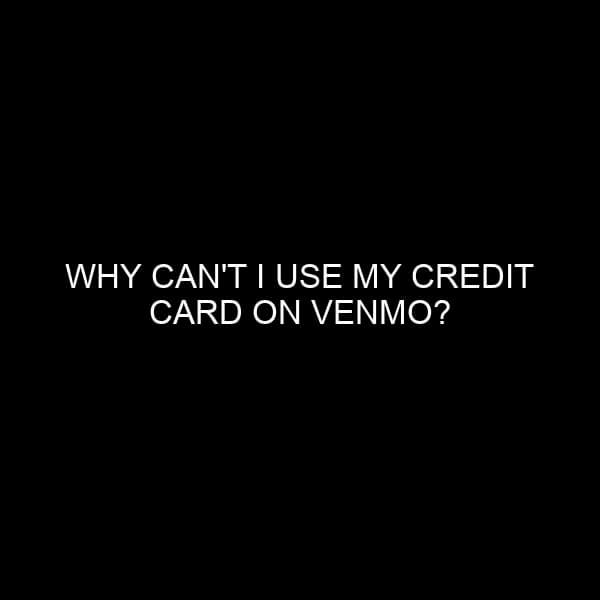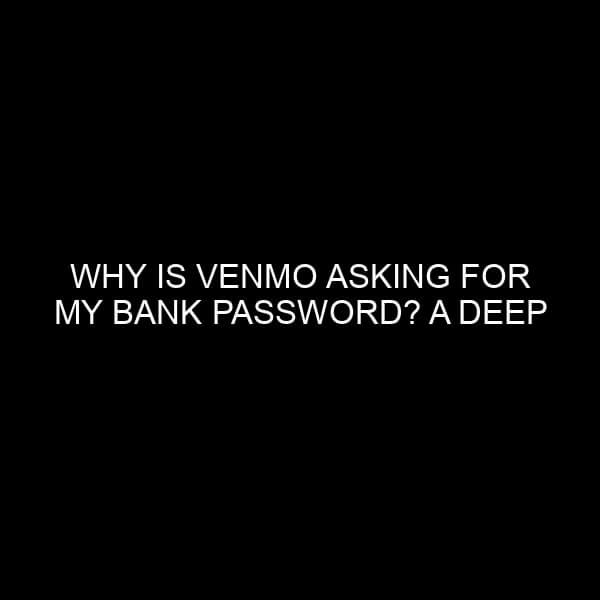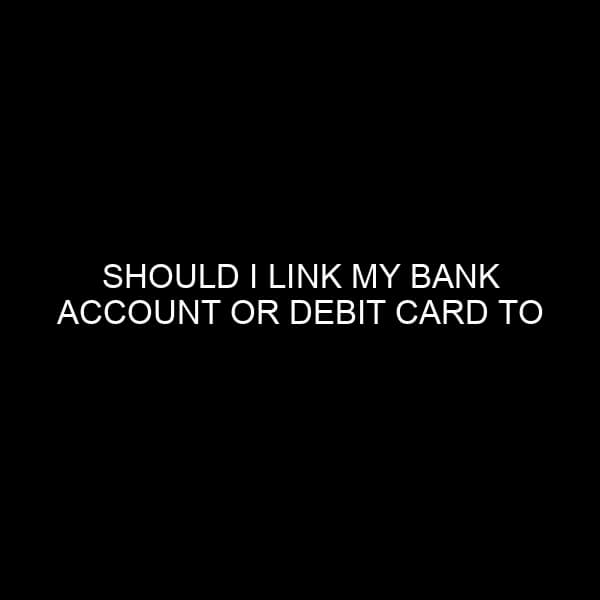The Importance of Having a Bank Account for Venmo: What Happens If You Don’t?
In today’s digital age, technology has completely revolutionized the way we handle our finances. Platforms like Venmo have made money transfers instantaneous and incredibly convenient. Venmo, owned by the financial technology giant PayPal, stands as one of the most popular peer-to-peer payment platforms globally. For users already accustomed to the ease of digital transactions, the convenience offered by such services is undeniable. But what happens when someone doesn’t have a bank account and wants to use Venmo? How does it impact their experience and what options are available to them?
Understanding Venmo: A Brief Overview
Before diving into the specifics, it’s essential to understand what Venmo is and how it typically functions. Venmo is a mobile-based payment service that allows users to easily transfer money to others using just their phone. It’s an incredibly popular tool, especially among younger generations, for splitting bills, paying friends, and managing small transactions without having to handle cash or even meet in person.
The Typical Venmo Experience with a Bank Account
When a user first sets up their Venmo account, the platform encourages linking a bank account or a debit/credit card. This linking process serves several purposes:
- Verification: By linking a bank account, Venmo can quickly verify the identity of a user. This not only adds an extra layer of security but also ensures the legitimacy of transactions.
- Fund Transfers: Once your bank account is connected, you can seamlessly transfer funds between your Venmo balance and bank. This is particularly helpful when you’ve accumulated a significant balance on Venmo and want to move it to your physical bank.
- Making Payments: If your Venmo balance is zero or insufficient, linking a bank account allows for direct transactions from your bank account to fulfill payments.
Using Venmo Without a Bank Account
Now, the real question arises – what if you don’t have a bank account? Or perhaps you have a bank account but prefer not to link it to your Venmo for personal reasons? Here’s how the landscape changes:
- Relying on Venmo Balance: Without a bank account, you’re essentially relying on your Venmo balance to make transactions. This means if someone pays you on Venmo, those funds will stay in your Venmo balance. Conversely, if you don’t have a sufficient balance and no bank account linked, you won’t be able to make a payment unless you link a credit or debit card.
- Cash-out Limitations: A significant limitation of not having a bank account linked is the inability to transfer your Venmo balance to a bank. In essence, the money remains “trapped” in the digital realm.
- Potential for Reduced Security: As previously mentioned, linking a bank account provides an extra verification layer. Without this, there might be potential vulnerabilities, especially if other essential security measures (like two-factor authentication) aren’t in place.
- Possible Transactional Delays: If you’re heavily reliant on receiving money from others to fund your Venmo balance and make subsequent payments, delays can arise. You’d need to ensure your balance is topped up beforehand to avoid transactional hiccups.
Alternative Solutions for Those Without a Bank Account
For those who don’t have a bank account or choose not to link one, there are still ways to optimize the Venmo experience:
- Linking a Debit or Credit Card: Venmo allows users to link a debit or credit card as a funding source. While this still requires a financial institution’s backing (i.e., the card issuer), it doesn’t necessitate a traditional bank account.
- Physical Venmo Card: Venmo offers a physical debit card that taps directly into your Venmo balance. This card can be used wherever Mastercard is accepted and even withdraws cash from ATMs, providing an avenue to access funds without transferring to a bank.
- Being Proactive: If you’re not linking any financial source and relying on your Venmo balance, it’s crucial to be proactive. This might mean requesting payments earlier or always ensuring you have a buffer in your balance for unexpected expenses.
Conclusion
Having a bank account linked to your Venmo account undoubtedly optimizes the user experience, offering a seamless flow between the digital and physical financial realms. However, for those who operate without one, the platform still remains functional but requires more foresight and, at times, creativity.
Always remember that while technology offers convenience, it’s essential to ensure you’re comfortable with your digital financial decisions. Whether you choose to use Venmo with or without a bank account, understanding the implications and adjusting your usage habits accordingly is key to a smooth financial journey in the digital age.

